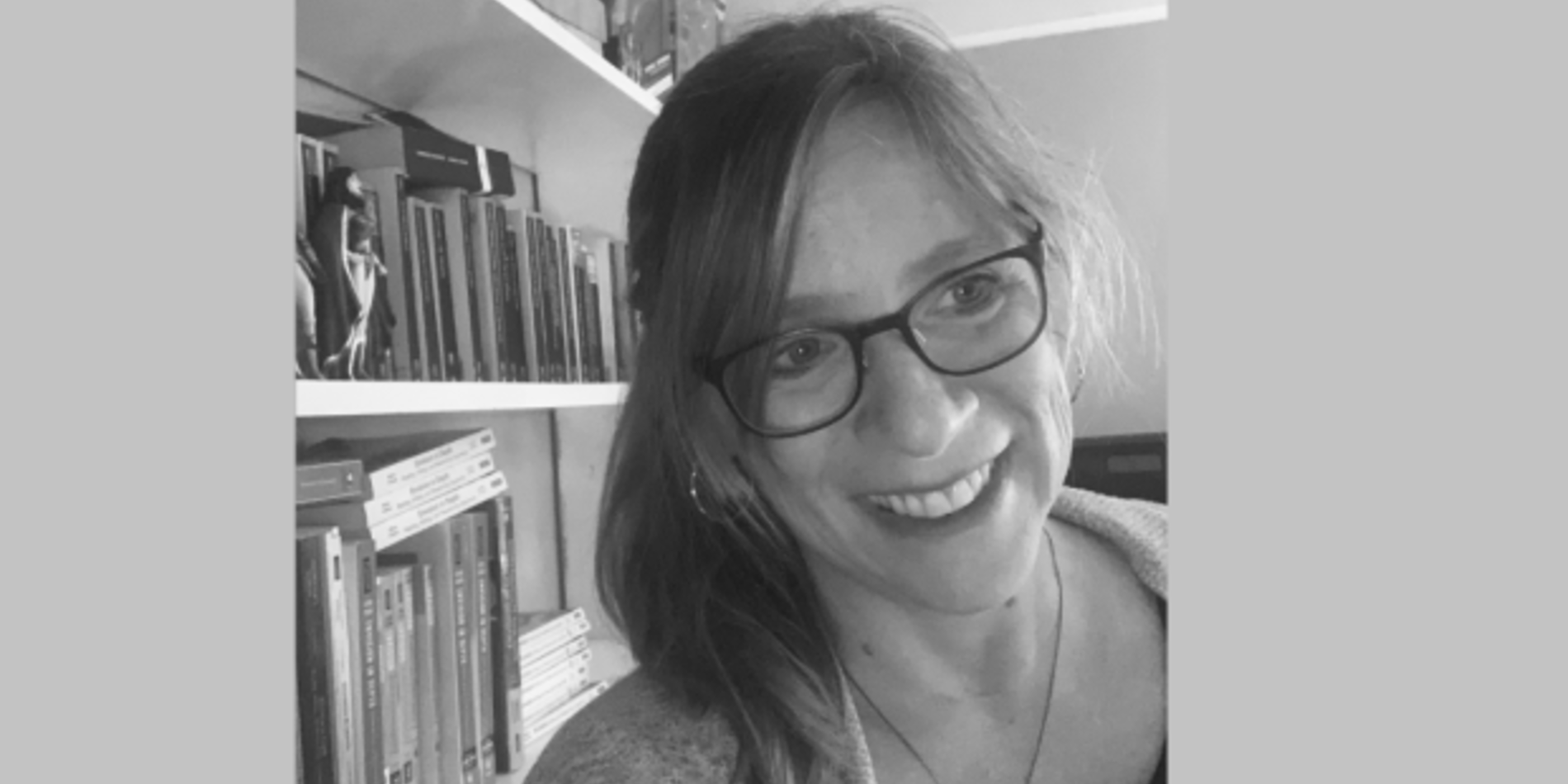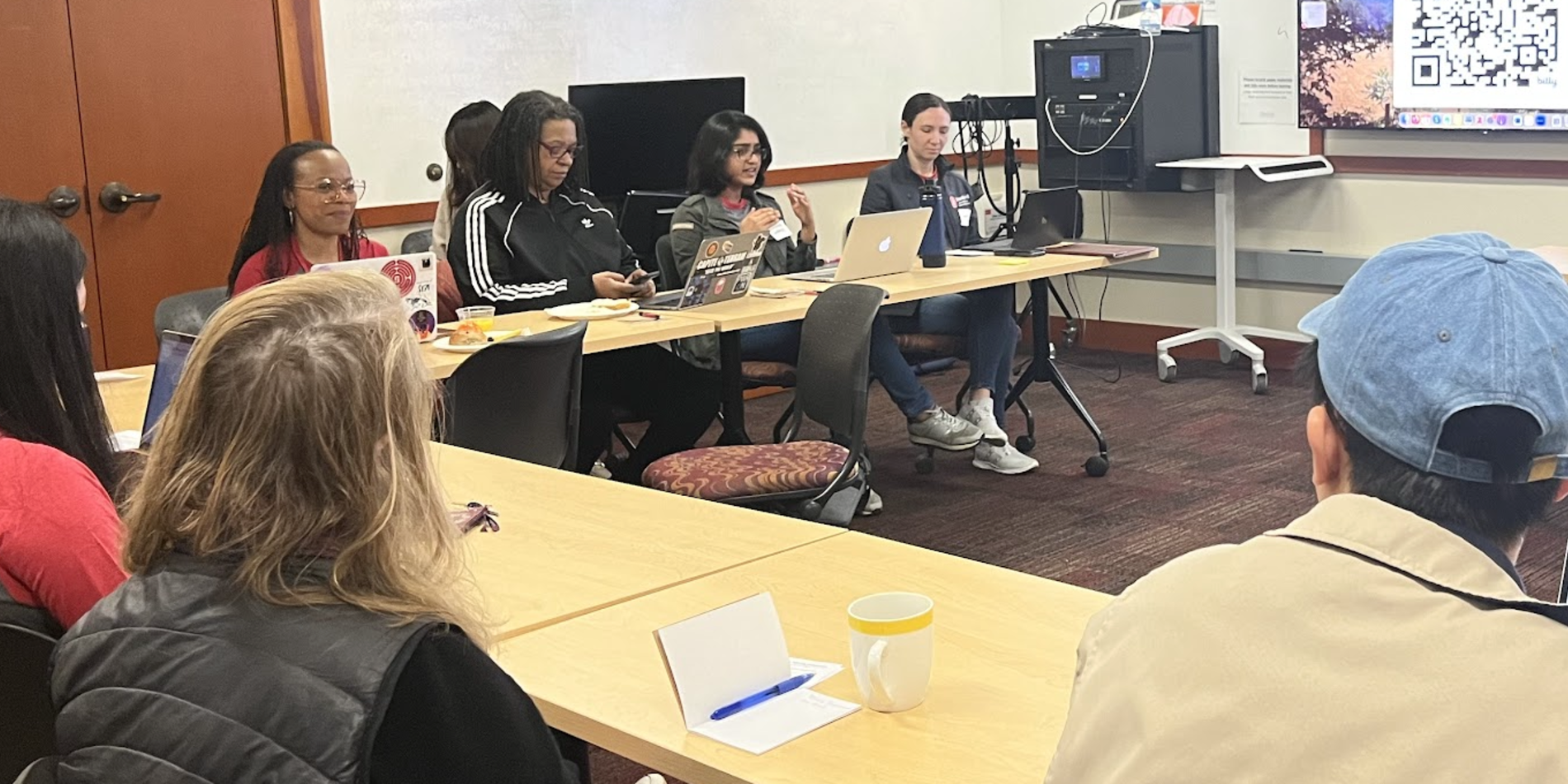People, Place and Purpose: Insights from PWR-LSP’s Return to On-Campus Teaching
If you are a PWR lecturer, you’re probably thinking a lot about the upcoming return to teaching in a classroom. You may be feeling excited or anxious (or more likely excited and anxious). What you might not realize is that some of our colleagues- Mutallip Anwar, Meg Formato, Jennifer Johnson, and Lisa Swan-- have already made that transition as part of the 2021 Leland Scholars Program (LSP).
On July 31, LSP welcomed 60 incoming first-year students to campus and into a carefully designed on-site experience that blended both in-person and remote learning. For PWR instructors teaching as a collaborative team in LSP, it was valuable to transition back to on-campus teaching within the context of LSP’s specific mission:supporting students to cultivate a sense of belonging on campus, and helping them to understand the community and resources that will remind them of their many strengths and help them navigate their first year at Stanford.
PWR’s LSP four week program introduces students to critical reading, rhetorical thinking, academic writing, research, and argumentation. In addition to serving as classroom instructors, PWR’s LSP team provides mentorship and workshops to support students in collaborative research projects that culminate in a research poster session. This summer the LSP-PWR program ran in a hybrid form, with some 15 person class meetings, individual conferences, a multi-class research mixer, and a full program research poster session held in person.
But what was it like returning to the classroom? During September Sessions, our LSP group will share some of their practical tips for effective “masked pedagogy” (Friday the 10th in the afternoon), but for now, you can read some of their brief reflections on their experience below.
Lisa Swan:
Returning to campus underscored how much of teaching is relational. It surprised me how easily I was able to get to know my students just through small, everyday classroom interactions. LSP students were so excited for in-person learning. None of the students in my class had been in-person for 18 months, so it truly felt like a celebration and a new beginning.
Meg Formato:
It’s so valuable to have the “in between” moments back with both students and colleagues. For me, these are the moments that weave the fabric of a teaching and learning community, and I didn’t fully realize how much I missed them! I loved watching students continue discussions on their way out of the classroom, and it was immensely valuable to briefly and informally reflect on how class went with my colleagues.
In person teaching definitely felt new again, which was exciting but also daunting. I toggled back and forth between joy and overwhelm a bunch those first weeks back. To build on Lisa’s insight above, a focus on the relational foundation of teaching helped me navigate some wobblier moments: days when I forgot the right dongle or a lesson plan that I’d pivoted back from remote to in-person fell kind of flat with my students. It helped me to continuously prioritize creating time and space for students to connect with me and with one another.
Mutallip Anwar:
When teaching online, I sometimes felt like I lost a sense of belonging in terms of institutional affiliation. I think the students also had that sense because many of the PWR 1 students had not set foot on Stanford campus. During LSP, I realized that the physical space of the classroom that students and I share helps tremendously in terms of building a learning community, strengthening our sense of togetherness, and developing a common purpose. We took this for granted before the pandemic, but that feeling has become more acute after teaching from my bedroom for an extended period of time. The gorgeous campus and being in the same time zone are also some of the added benefits of in-person learning.
Jennifer Johnson:
I think I was just as excited (and nervous) to be back in the classroom as students! I missed the small ways we connect with students in physical spaces to foster community—having an informal conversation about dorm life or the dining hall food before a class, walking with a student to extend a class conversation and sitting together outside with a small group while brainstorming. My favorite part of the summer program was listening to LSP students’ collaborative research poster pitches live and in person and seeing students fabulously navigate through their presentations and Q&As with new and different audiences. While moving between the online and in-person in a hybrid mode in LSP presented new challenges my colleagues and I worked through together, a year of remote learning has made me a better in-person teacher–– allowing me to better leverage different learning tools, rethink how I structure class activities and take class breaks and offer even sharper attention to accessibility and classroom space.



